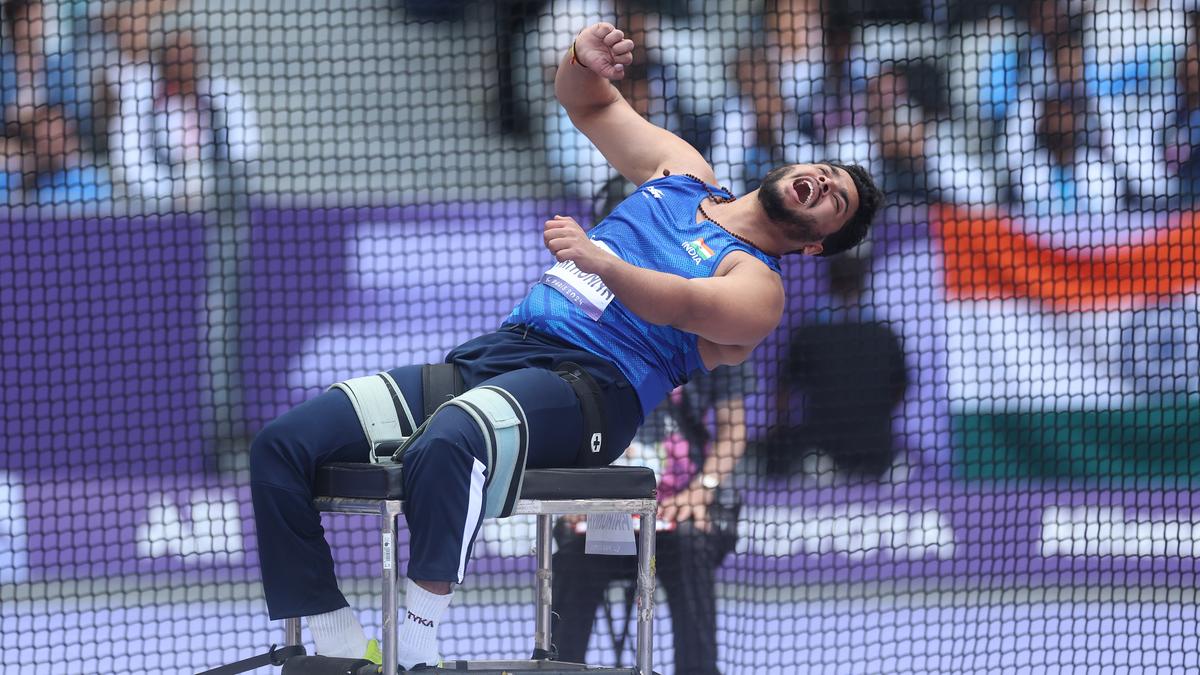The Paralympic Equestrian Schedule: A Detailed Overview
The Paralympic Games, renowned for showcasing the exceptional athleticism and determination of athletes with disabilities, include a variety of sports. Among these, equestrian events hold a unique place, combining precision, skill, and partnership between rider and horse. The equestrian schedule at the Paralympics is meticulously planned to ensure fair competition and optimal performance. Here’s an in-depth look at how this schedule unfolds.
Structure of the Paralympic Equestrian Events
The Paralympic equestrian competition comprises three main disciplines: Dressage, Para-Dressage, and Reining. Each discipline is designed to test different aspects of riding and horse handling, emphasizing the versatility and adaptability of athletes. The schedule for these events is structured to provide a balanced and comprehensive competition while allowing athletes time to showcase their abilities.
1. Dressage: This discipline involves the horse performing a series of predetermined movements, known as “tests,” from memory. Riders are judged on their precision, smoothness, and harmony with their horses. The Paralympic Dressage competition is divided into individual and team events, with riders categorized based on their classification, which reflects their level of physical ability.
2. Para-Dressage: Similar to Dressage, Para-Dressage is specifically adapted for athletes with different impairments. Competitors are classified into different grades (from Grade I to Grade IV), with each grade reflecting the severity of the rider’s disability. This ensures that riders compete against others with similar functional abilities.
3. Reining: Although not as commonly associated with the Paralympics as Dressage, Reining has gained prominence in recent years. It involves a horse performing a series of spins, stops, and circles with high precision. The aim is to display the horse’s agility and the rider’s control over it. The Reining events at the Paralympics are organized to highlight both speed and accuracy.
The Schedule Layout
The Paralympic equestrian schedule typically spans several days, with events scheduled to allow for the smooth transition between different competitions. The schedule is generally divided into preliminary rounds and finals, ensuring that athletes have multiple opportunities to demonstrate their skills.
1. Opening Days: The competition usually kicks off with the opening ceremonies, followed by initial rounds of Dressage. These days often feature qualifying rounds where riders perform their tests to qualify for the finals. Each rider’s performance is assessed by a panel of judges, and scores are accumulated to determine standings.
2. Mid-Competition: During the middle of the schedule, both individual and team Dressage events take place. This period may also include Reining events, depending on the specific Paralympic year. The schedule allows for rest days between events to ensure that horses and riders are well-rested and can perform at their best.
3. Finals and Closing: The concluding days of the equestrian schedule are dedicated to final rounds and medal ceremonies. The top performers from the preliminary rounds advance to these finals, where the top placings are determined. This phase is crucial as it often highlights the peak of competitive performance and celebrates the achievements of the athletes.
Considerations for the Schedule
Creating a fair and effective schedule for Paralympic equestrian events involves several considerations:
Athlete and Horse Welfare: Ensuring that both horses and riders have adequate rest between events is essential for their well-being and performance.

-Fair Competition: The classification system plays a significant role in maintaining fairness. Events are carefully scheduled to ensure that athletes compete in categories that reflect their abilities.
The Remarkable World of Paralympic Equestrian Riders
Logistics and Coordination Coordinating the equestrian events requires meticulous planning, including stabling arrangements, veterinary checks, and venue management.
Conclusion
The Paralympic equestrian schedule is a testament to the rigorous planning and consideration that goes into making the Games a success. By carefully structuring the timetable, organizers ensure that the competition is fair, enjoyable, and showcases the remarkable talents of equestrian athletes. As the Paralympics continue to evolve, the equestrian events remain a highlight, celebrating the unique bond between horse and rider and the extraordinary capabilities of athletes with disabilities.